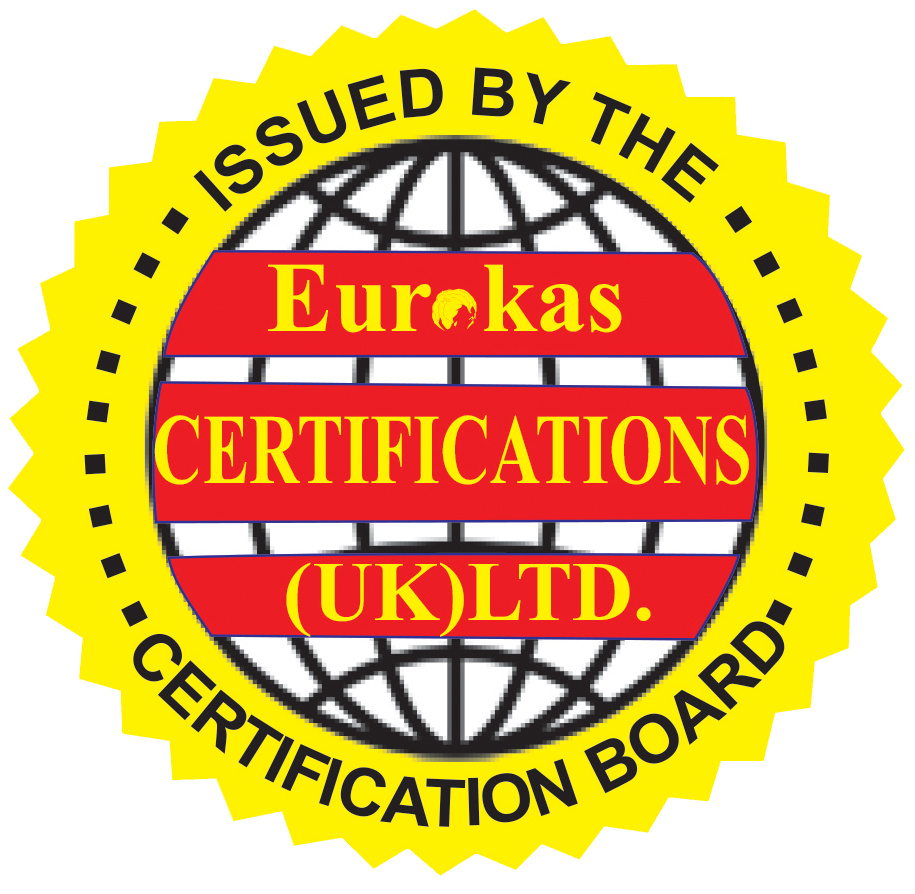Hazard Analysis and Critical Control Points (HACCP) is a systematic approach to food safety that identifies, evaluates, and controls hazards throughout the food production process. While there is no formal “HACCP certification” per se, organizations can implement HACCP principles and seek recognition for their adherence to these principles through various means, including third-party certification.
Here’s an overview of HACCP and how organizations can demonstrate compliance:
HACCP Principles:
- Conduct Hazard Analysis:
- Identify and assess potential hazards associated with the entire food production process.
- Determine the critical control points (CCPs), where control measures can be applied to prevent, eliminate, or reduce identified hazards to acceptable levels.
- Establish Critical Limits:
- Set critical limits for each CCP, defining the maximum or minimum values to which control must be maintained to prevent, eliminate, or reduce the identified hazard.
- Establish Monitoring Procedures:
- Implement monitoring procedures to ensure that each CCP is under control.
- Regularly observe and measure critical control points to verify adherence to critical limits.
- Establish Corrective Actions:
- Develop and implement corrective actions when monitoring indicates that a CCP is not under control.
- Correct deviations from critical limits and restore control.
- Establish Verification Procedures:
- Establish procedures to verify that the HACCP system is working effectively.
- Periodically review and reassess the system to ensure its ongoing suitability and effectiveness.
- Establish Record-Keeping and Documentation:
- Maintain records documenting the HACCP plan, including hazard analysis, critical control points, critical limits, monitoring procedures, corrective actions, and verification procedures.
Demonstration of HACCP Compliance:
Organizations can demonstrate their adherence to HACCP principles through various means:
- Internal Implementation: Implementing HACCP within the organization as part of its food safety management system.
- Third-Party Certification: Seeking certification from a reputable third-party certification body that specializes in food safety management systems.
- Regulatory Compliance: Adhering to HACCP principles as required by relevant food safety regulations in the jurisdiction where the organization operates.
- Customer Requirements: Meeting HACCP requirements specified by customers, particularly in the food industry, as part of contractual agreements.
Benefits of Implementing HACCP:
- Enhanced Food Safety: HACCP helps identify and control potential hazards, reducing the risk of foodborne illnesses.
- Compliance with Regulations: Implementation of HACCP assists organizations in meeting regulatory requirements related to food safety.
- Market Access: Many food-related businesses require HACCP compliance for market access.
- Improved Quality: By controlling critical points in the production process, organizations can enhance the overall quality of their products.
HACCP is widely recognized and utilized in the food industry to ensure the safety and quality of food products. While there is no specific “HACCP certification” as such, organizations often seek validation from external entities to demonstrate their commitment to food safety through the implementation of HACCP principles.
